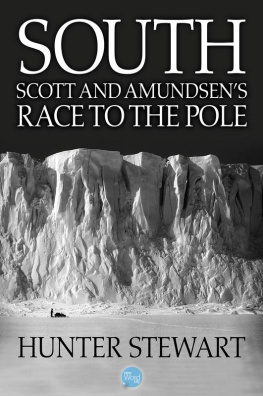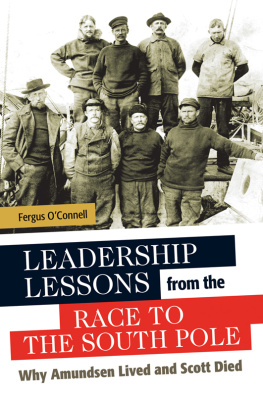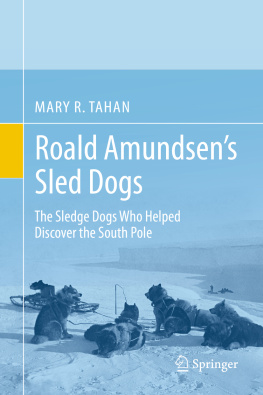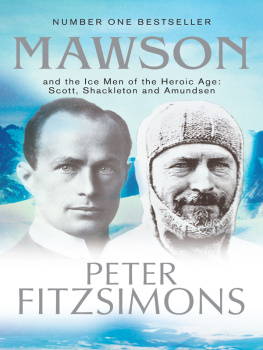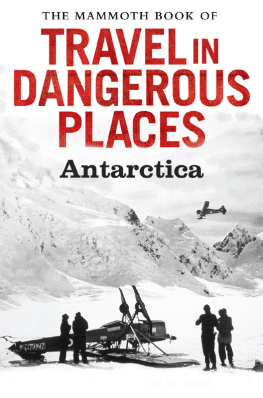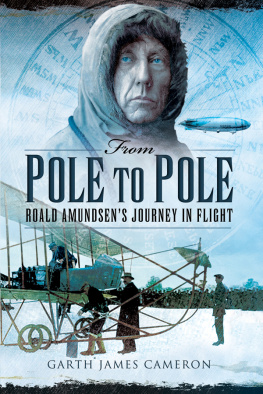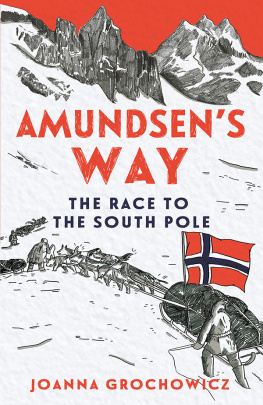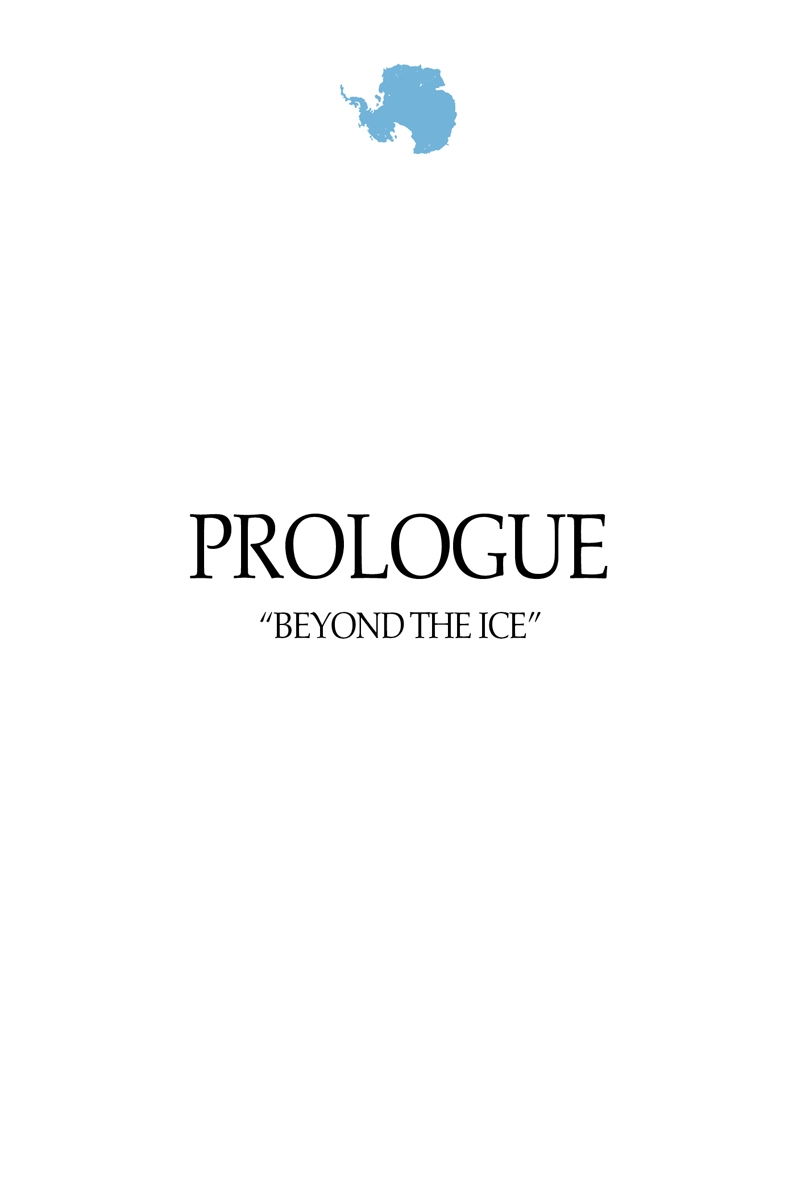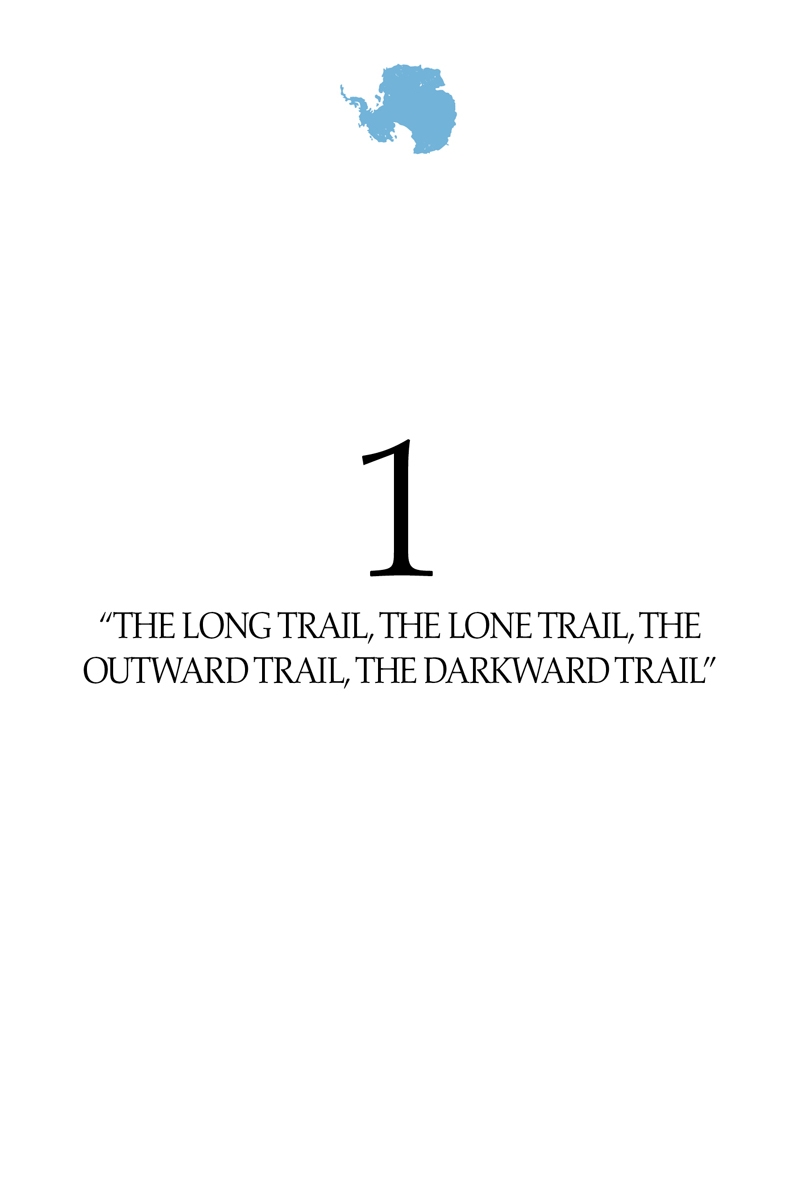Centuries ago, the Antarctic was a tantalizing myth. Sailors returning from long voyages spoke of land south of all charted coasts. Cartographers insisted on showing a vast white continent on their maps - yet no one knew it existed. Ortelius, a Flemish map maker, boldly included a southern continent on his chart in 1570. He called it Terra australis nondum cognita. But sea captains who sailed in search of the mythical continent always found their way blocked by ice. Myth, however, persisted, and several voyagers claimed to have sighted land beyond the ice. In 1773, English explorer Sir James Cook circumnavigated the globe south of all known land, crossing the Antarctic Circle for the first time. Often, he sailed among towering icebergs. But when he tried to work his way farther south he, like all the others, found his ships blocked by the ice.
Cooks report upon his return to England dampened commercial hopes of locating a rich, new continent of vast resources. Beyond the ice, he said, can only lie countries condemned to everlasting rigidity by nature, never to yield to the warmth of the sun, and for whose desolate aspect I find no words.
But in Antarctic waters, Cook did discover commercially valuable whales and seals. Seafaring men of all nations flocked to the rich fisheries in such numbers that, within a few years, the seal and whale population there was seriously depleted. In their voyages, the captains of these vessels sighted and charted land around the great, vague circle drawn by Ortelius. Often, though, their discovered lands actually were huge icebergs or mirages.
Then in 1841, James Ross, another English explorer, managed to sail as far as 78 11 S - the highest latitude attained up to that time. Quite by chance, he had found his way into a large sea that indents the coast of the continent south of the Pacific Ocean. In honor of its discoverer, it became known as Ross Sea. Ross also discovered land on the southerly shores of that sea, and at one place, he came upon two volcanoes. Both were snow covered, but from one came a plume of smoke. He gave them names familiar now to men of Antarctic experience: Erebus and Terror - the names of his ships. Ross sailed east from the volcanoes and discovered another amazing phenomenon - an apparently limitless cliff of ice rising sheer from the sea to heights of between 200 and 300 feet. He charted 400 miles of the Great Barrier, or Ross Ice Shelf.
Nearly sixty years passed after Rosss voyage of exploration before interest in the southern continent reawakened. The Earths magnetic field, vital to sea and air navigation, was a subject of importance to scientists all over the world - and the South Magnetic Pole lay, undiscovered, in Antarctica. The science of meteorology was developing - and the Antarctic formed and controlled much of the climate of the southern half of the earth.
Several nations planned Antarctic ventures around the turn of the century, and in 1901, a large expedition was organized in England. Its purpose was primarily scientific. Biologists, meteorologists and physicists all were interested. But to raise money for the venture, an appeal for public financial support had to be made - and the man in the street had little interest in pure science. He wanted a run for his money. And, of course, the thing that interested him most was the idea of a fellow countryman standing on the bottom of the world.
Eventually, the money was raised and the men chosen. A ship, the Discovery, was built especially for work in the ice. There was danger in it - and glory if the South Pole were reached. There was also scientific work to be accomplished - that, after all, was the main reason for the effort. But even the most scholarly scientist could not resist the dream of reaching the South Pole.
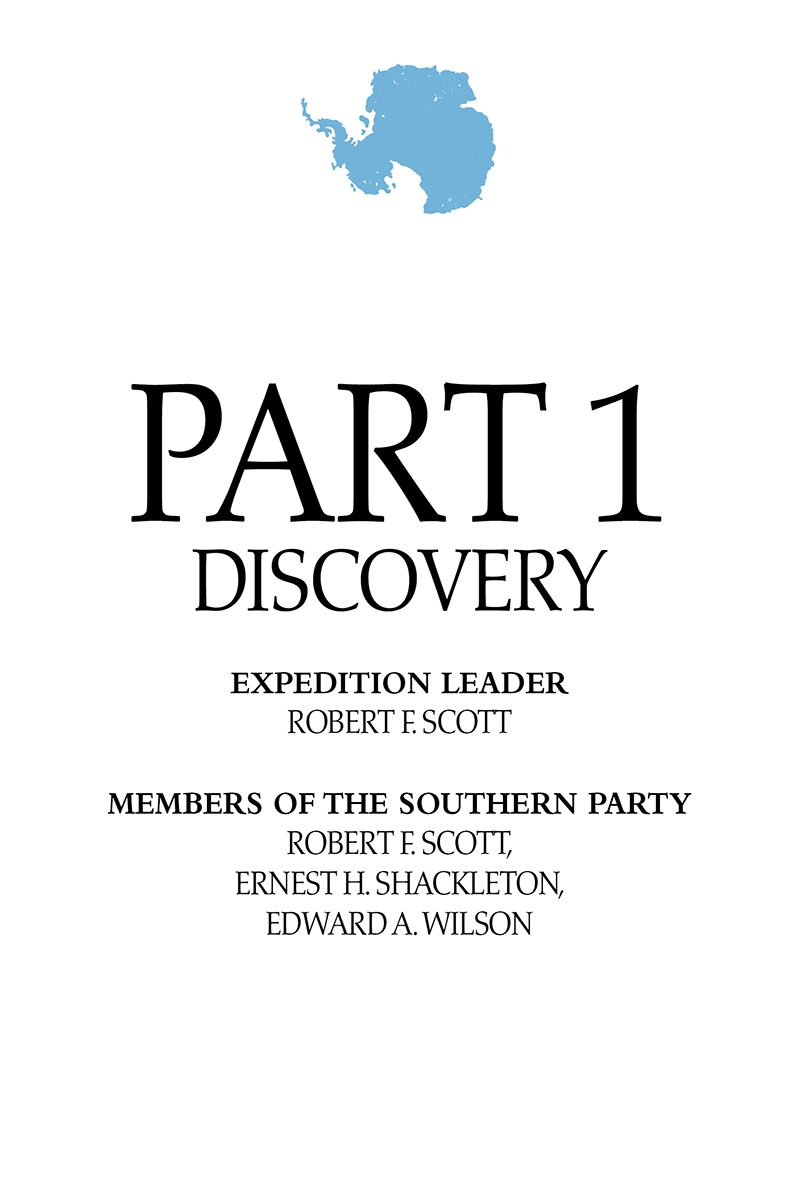
It was a gray, overcast day on Ross Island in the Antarctic. The date: November 2, 1902. Low clouds streaming up from the south passed over the islands twin volcanoes, Mount Erebus and Mount Terror. Smoke trailed from the mouth of Erebus.
The men of the Discovery expedition were gathered at the base of Cape Armitage, where a nearby supply hut was the only evidence of their presence. Offshore, their ship Discovery, which housed the men all winter, was frozen in thick, gray-blue ice. Beyond them to the south, the monotonous view broken only by the distant White and Black Islands, lay the continent of Antarctica, where the rocky promontory of Minna Bluff rose more than 4,000 feet above the ice.
The mens attention was focused on five sleds, tied end to end and loaded with supplies. In front, a string of nineteen dogs waited.
Robert F. Scott, a shy, disciplined, Royal Navy officer whose strength and confidence stemmed from a life of attention to detail and devotion to duty, had brought the thirty-eight-man expedition to a land few others had seen, much less touched.
As early as 1820, other explorers had claimed to have sailed within sight of Antarctica. The first to set foot on the ice was probably an American seal hunter named John Davis in 1821. In 1839, American naval officer Charles Wilkes suggested, correctly, that this was a new continent. The same year, British naval officer James Clark Ross hoped to sail an expedition all the way to the South Pole; he failed, but did manage to chart much of the Antarctic coastline, including the island named for him. Sixty years then passed before, in 1899, Norwegian explorer Carsten Borchgrevink established the first camp on the shore of Antarctica, in the midst of a penguin colony. The next year, he had set the Farthest South record by planting a flag at latitude 78 50 S.
The goal of Scotts expedition goal was primarily scientific. Backed in large part by the Royal Society of London (for Improving Natural Knowledge) and the Royal Geographical Society, its research covered extensive ground in biology, zoology, geology, meteorology, and magnetism. Scotts team was to push as far south as possible, and from there, take measurements and conduct experiments the results of which would fill volumes of scientific journals. The South Pole, the southernmost edge of the earth, was not, officially, important. But Scott, ambitious and patriotic, believed he might achieve glory for himself and his country by planting a British flag at the South Pole. Thats the direction he headed now.
Born in Devonport, in southwest England, Scott was the third of six children of a local brewery owner and magistrate. But, like his grandfather and four uncles, Scott was destined for military service. At thirteen, he began his naval career as a cadet aboard the training ship HMS Britannia, and by twenty-one, had been promoted to lieutenant. He had served honorably on various ships; the only blemish on his record was a torpedo boat that ran aground under his command. He had first drawn the attention of Clements Markham the president of the Royal Geographic Society who had organized the polar expedition by racing a cutter across the bay at Saint Kitts, West Indies, and winning. Twelve years later, in June 1899, he met Markham again while on leave in London, and a few days later, volunteered to lead the Discovery.
Opportunities for advancement in the Royal Navy were few, and the competition among officers fierce. The expedition offered Scott the opportunity to distinguish himself in command. He needed the money that would come with a promotion; his father had gone bankrupt and died, leaving him the burden of supporting his mother and unmarried sisters.

